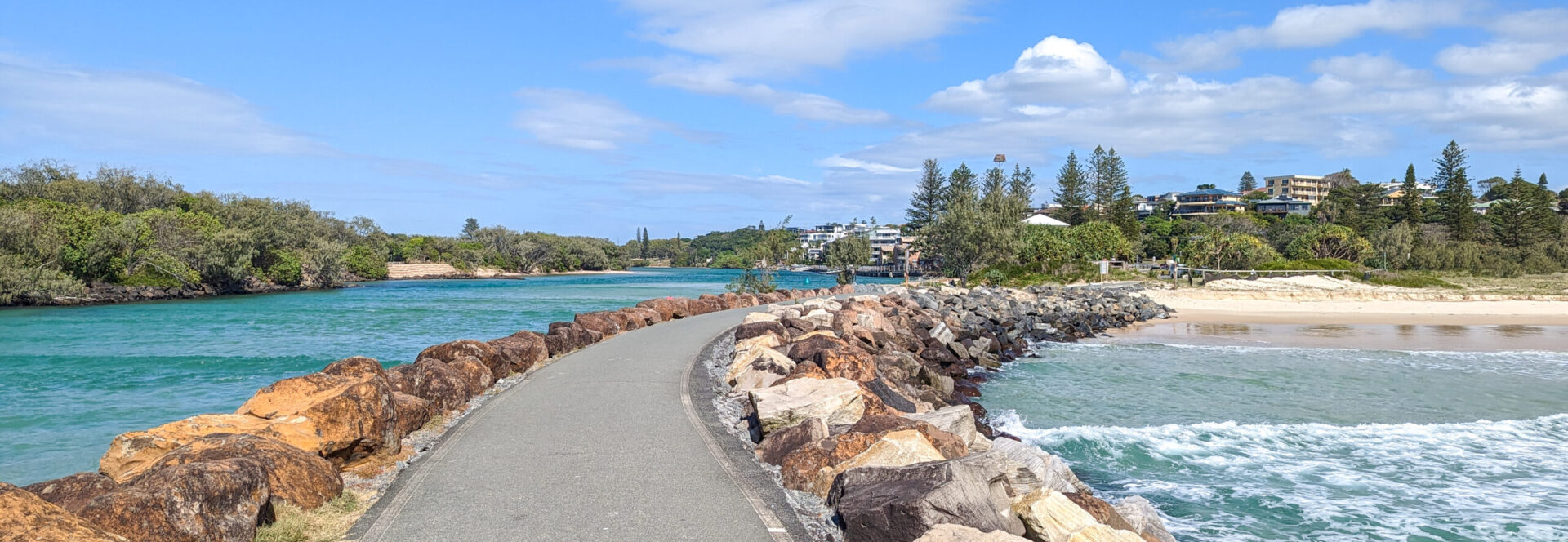The Geoffroy1 Tamarin Monkey aka Panamanian Red Crested Monkey are fascinating little primates, native to Central America, particularly countries like Panama and Costa Rica. Here are a few facts about them:

Social Structure
They live in small family groups, usually consisting of around 2 to 10 individuals. Their social structure is matriarchal with a dominant female leading the group.
Vocalization and Body language
Their calls seem to vary depending on the context, such as alarm call for predators or contact call to maintain group cohesion

Dietary Preferences
They are primarily insectivorous, but a small portion of the diet also includes fruits, flowers and tree sap. They have a special adaptation in their digestive systems that allows them to process high-sugar diet efficiently
Parental Care
Both parents and even older siblings participate in caring for the young. This system may enhance survival of the offspring
Distinctive Markings
They are know for their striking appearance, with mix of black and gold fur. The facial markings are also quite distinct, with unique identification patterns on each individual.
Habitat Preference
They thrive in a variety of forest types, including primary and secondary forest and are often found in area with abundant fruiting trees.
Geoffroy Tamarin Monkey: Conservation Status
While not currently listed as endangered. Habitat loss and fragmentation pose significant threat to these primates. Conservation efforts focus on protecting their natural habitats and genetic diversity within populations.
The Geoffroy Tamarin Monkey plays and essential role in their eco systems as seed dispersers and insect control agents. Next time you are in these regions be sure to look out for these charming little primates.
- A French naturalist Etienne Geoffroy Sanit-Hilaire, who contributed significantly to the study of zoology in the early 19th century. His work helped to classify various species. This naming was in his honor, due to his work in understanding primates. The species was formally described in the 19th century, and the name reflects the tradition of naming new species after prominent scientists in the field ↩︎
Discover more from Ports In Paradise
Subscribe to get the latest posts sent to your email.


